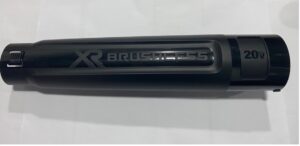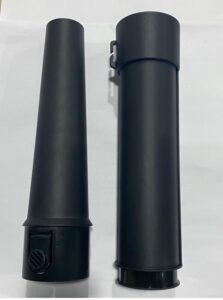The Design of Auto-Unscrewing Mould for Plastic Connect Pipes
Why Use Auto-Unscrewing Mould for Plastic Pipes?
The auto-unscrewing mould for plastic parts is extremely common these days. However, before you pick the technology for your project, you need to have a better understanding of it. You can use it on two types of plastic parts: internal and external. While the internal thread has two structures, the external ones are often ejected with the help of a side core pulling mechanism.
Need to know more about the use of the technology in the construction of the plastic connection pipes? Keep reading then. You will find everything you need to know below.
The Auto-Unscrewing Mould Technology in Detail
Before we dive into details about the auto-unscrewing mould technology for plastic connection pipes, let us first understand what it exactly is and how does it work. This will help you have a better understanding of it.
The process is extremely useful in speeding up the production process efficiently. That’s because the plastic connection pipes come with injection threads that you need to unscrew before using them. While you can manually unscrew the parts in the short run, it is impossible to do it in a long run and when there are high-production moulds.
The presence of hydraulic and electric motors is quite important to accomplish the project as you cannot do it without these motors. What’s more, the precision-made cores have threaded grounds on them as well. The engineers attach the bearings to keep them in the correct position.
You will also notice the manufacturers attaching gears to the cores. This is important because it helps them engage the cores to the main drive. In addition to this, the cores are attached to the motor at the extreme end.
Even though it is an extremely efficient process, you need to remember that its cost can get incredibly high when you compare it to the short-run mould. This is what makes this method suitable for high-production moulding only.
If you want to start the motor, all you need to do is open the mould. The motor will automatically start turning to the main drive gear. Not only this, but it helps in turning the threaded cores as well. The engineers only need to hold the part in place with the assistance of ribs or serrations and the parts will unscrew automatically.
The Working of the Auto-Unscrewing Mould for Plastic Connect Pipes
The process of the auto-unscrewing mould for plastic connection pipes revolves around some main steps. We have listed these steps below to help you understand the process in detail.
- In the initial step, the specialists infuse the plastic connect pipe into the instrument. When the plastic cools down, the programmed centers begin unscrewing themselves. The whole component depends on a pinion and a rack and is controlled with the assistance of a water-driven chamber.
- Subsequently, the rack transforms into three arrangements of cogwheels. These sets then, at that point withdraw the strung centers into the ejector box.
- After the centers are completely unscrewed, you will see the kickoff of the form. At the point when the form opens, the ejector framework powers a stripper plate forward. This aids in the discharge of the parts
- After full ejection of the plastic connection pipe, it helps in turning around the water-powered chamber and screwing the strung centers once again into the first embellishment position. The whole cycle then, at that point begins rehashing.
The Three Essential Conditions for Auto-Unscrewing Mould
Apart from knowing what auto-unscrewing mould technology is and how does it work, you should also know the three essential conditions for the process to work. Your project might fail if you don’t consider the following conditions. Let’s check them out below.
- The first and very important thing that you need to have is soft plastics such as PP, PVC, and PE. If you don’t have the glue, you will not be able to carry out the process further.
- The next thing to remember is that the tooth profile will always be circular and not in any other shape such as triangular, rectangular, or trapezoidal.
- The height of the tooth profile should be small and it must satisfy the following formula where the size of A depends upon the plastic type that you use:
thread large diameter-thread small diameter/ thread small diameter < A
The Threading Alternatives
You need to remember that there are a lot of ways to skin the proverbial cat. What we mean is that there are many alternatives for the process of auto-unscrewing mould for plastic connect pipes.
If tracking down the perfect design evades you, keep in mind that Protolabs could possibly machine your strings in an auxiliary activity more expense viably than attempting to form them, essentially on more modest amounts. You could likewise consider utilizing self-tapping screws or an over-molded string embed as another option.
What’s more, planning formed strings or strung managers as highlights for bigger shaped parts might be something you’ll need to consider. Planning plastic screw supervisors is genuinely direct, however, there are a couple of things to remember to guarantee a solid association among parts and to alleviate restorative deformities.
Additionally, consider saving the standard string structures characterized in your Apparatus’ Handbook or Manual for World Screw Strings. That is the thing that the people who configuration mass-created peanut butter container covers and frosted tea bottle covers have done, and insofar as you’re planning the mating part and there’s no compelling reason to get together with standard, off-the-rack segments, nothing is preventing you from doing likewise.
Final Words
While the working of the auto-unscrewing mould technology to design plastic connection pipes is a bit complex, it is extremely beneficial to produce high-quality plastic parts. We hope this guide helped you understand its working in detail. However, if you still have any questions, feel free to contact us. We will be happy to assist you in any way we can!



